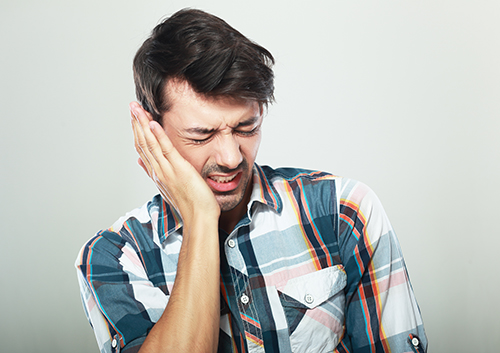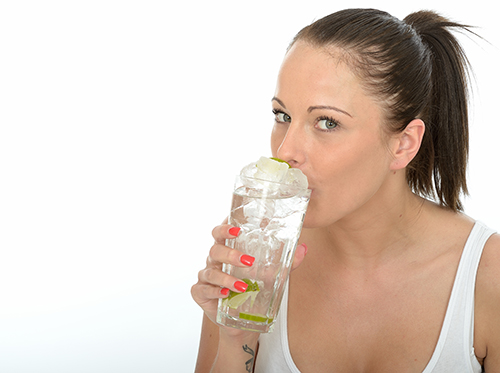Snack Attack
September 27th, 2023

Should a quick bite between meals make us feel guilty? Or worse, make our teeth suffer a greater risk of cavities? Let’s avoid both those possibilities! We have several tooth-healthy snacking strategies designed to help you keep your enamel cavity-free while preventing snacker’s remorse.
But first, a word or two about why we may find snacking unappetizing.
- Please, Don’t Feed the Bacteria!
The bacteria in plaque feed on sugars and leave acidic waste products behind. These acids attack enamel, dissolving the calcium and phosphorus minerals that keep it strong. Weakened enamel leaves teeth vulnerable to decay. That’s why Dr. David Shipper and Dr. Howard Vogel and our New York, NY team recommend avoiding a steady diet of sugary treats.
Even if you’re not reaching for a soda, or grabbing a candy bar, many snack foods are filled with added sugars. Check the nutritional labels before you indulge to avoid sugar surprises.
- Off Balance?
Bacteria plus sugar equals more acidic conditions in the mouth. This change in the oral pH balance also reduces our natural defenses against cavity-causing acids.
A well-balanced oral environment depends on saliva to keep acids in check. Saliva washes away lingering food particles after meals, and it neutralizes acidic conditions in the mouth over the course of the day.
How does snacking interfere? Immediately after eating or drinking, acids in saliva increase. It takes about 20 minutes for saliva’s neutralizing process to begin. When we snack throughout the day, saliva doesn’t have a chance to reduce acids as long or as effectively.
- Staying Power
Sticky and chewy snacks tend to stick to the tops of molars and between the teeth. This gives bacteria more fuel and more time to attack tooth enamel. It’s not just candies that are the culprits here. Chips, bread, pizza crusts, pastries—these simple carbs stick to teeth and break down easily into sugars.
But we promised some *positive* strategic snacking ideas. Here are some ways to make sure that snacking doesn’t put you at a much greater risk for cavities.
- Be Choosy
Avoid processed treats that are high in added sugars. If you’re craving something sweet, fresh fruits provide sweetness with vitamins included.
Crispy fruits such as apples and Bosc pears, as well as vegetables like celery and carrots, provide gentle scrubbing action to help clean teeth between brushings.
Snacking on cheese helps neutralize acids, and other dairy products are high in calcium and phosphorus, helping rebuild the minerals that acids leach out of enamel.
Eat whole grain breads, pastas, and pastries. They offer more nutrients, and don’t break down into sugars as easily.
Finally, when it’s time to indulge in a sugar-rich treat, save it for a meal. There’s a better chance that other foods will balance the acids created by sugar, and you’ll be getting the most out of saliva’s neutralizing abilities. Speaking of which,
- Stay Neutral
When you’re craving something flavorful without giving bacteria more fuel for acid production, consider sugar-free gum. Sugar-free gum saves you from adding sugar to your diet, and it increases saliva production as you chew. If we give you the all-clear, chewing a piece or two of gum during the day can help curb your sugar cravings and protect your enamel.
Thirsty? Drink water instead of sodas or energy drinks with your snacks. Water washes away food particles, cuts down on acidity, and provides fluoride to strengthen and protect teeth.
- To Brush or Not to Brush?
It’s always a good idea to brush after eating. But since eating sugary or acidic foods can leave enamel vulnerable to toothbrush abrasion, many dentists recommend waiting 30 minutes after you snack before brushing. Ask Dr. David Shipper and Dr. Howard Vogel what’s best for your teeth.
If you can’t brush, rinse with water after eating or drinking.
If you wear braces or aligners, be sure to check with Dr. David Shipper and Dr. Howard Vogel about snacking, gum, best times to brush, and any other diet questions.
Talk to Dr. David Shipper and Dr. Howard Vogel about your snacking habits. Learning when and how to snack is as important as deciding what to snack on. Finding the perfect balance means you can enjoy a mid-day energy boost without guilt—and without risking tooth decay!





 Website Powered by Sesame 24-7™
Website Powered by Sesame 24-7™